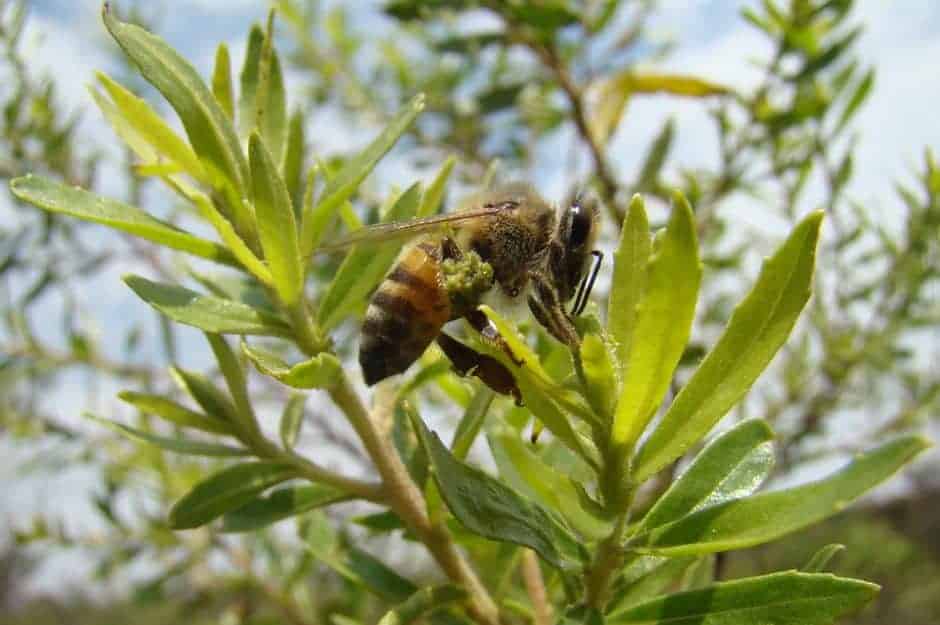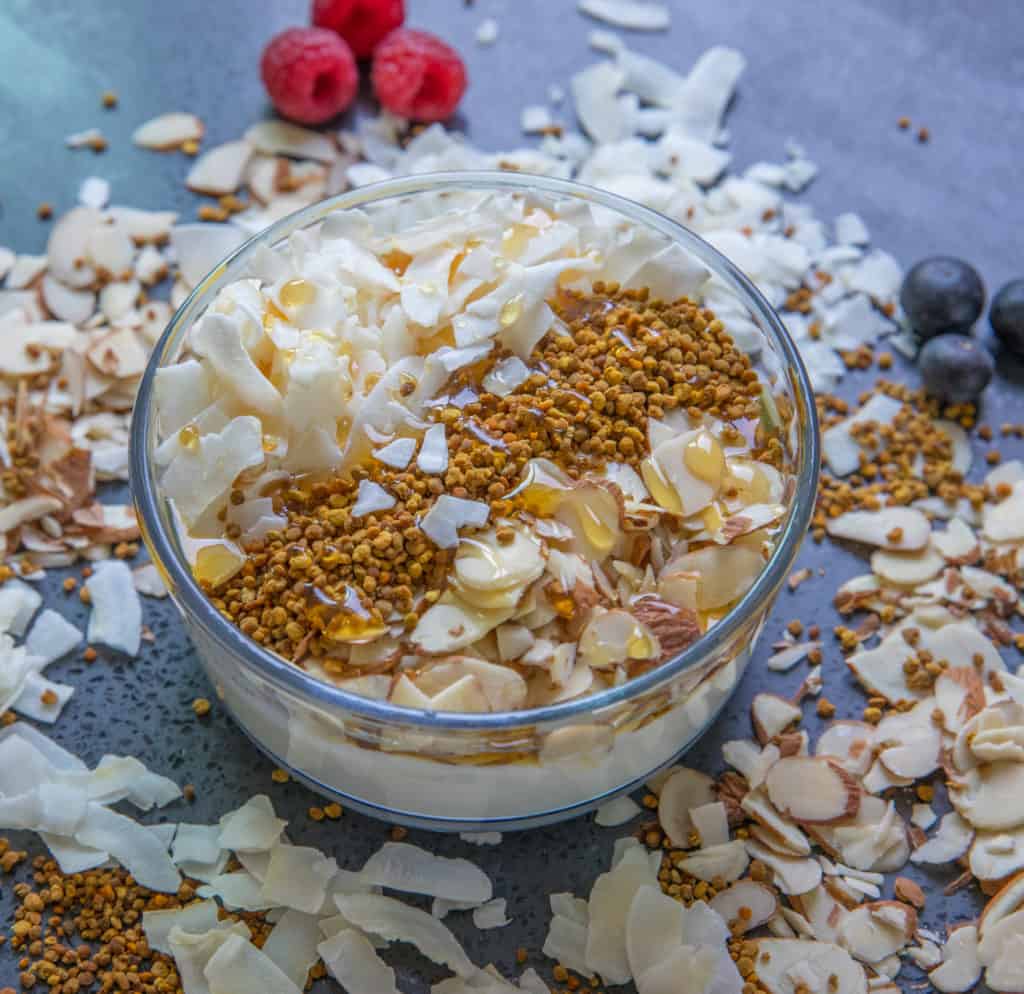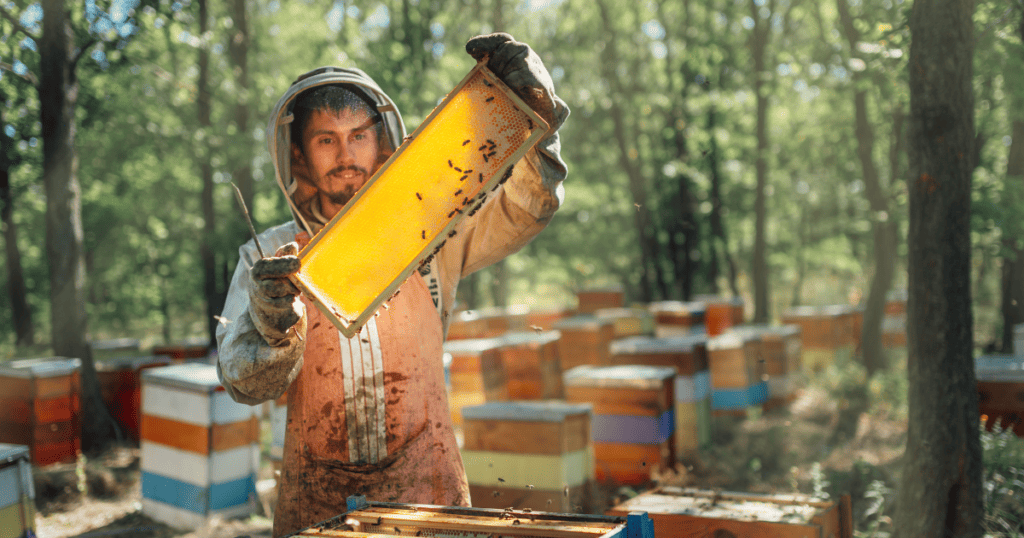A Bit of History
Honey and other bee products such as beeswax, royal jelly, and bee pollen have existed in human history for thousands of years, even dating back to the Neolithic period.
Almost all known civilizations harvested honey from bees to be eaten raw or used to prepare fermented beverages such as mead.
Greeks, Romans, Egyptians, Mayans, and Aztecs, among others, left evidence of their beekeeping and honey use through paintings, engravings, and iconography.

Several bee species produce honey that humans use for consumption. Honeybees are the most spread and known species on earth, and most honey comes from them.
Yet, other bee species produce varying amounts of this product which are essential to local communities.
Asian bees from the Apis genus and Stingless bees in Central and South America are a few examples of honey-producing bees.
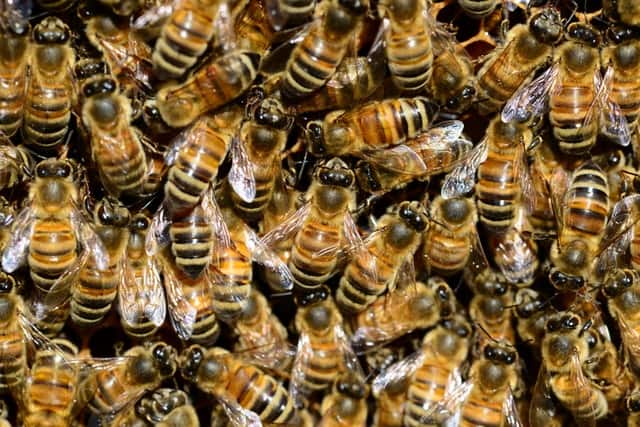

So, what is it exactly?
Honey starts as nectar that bees collect from flowers. Nectar is a sweet liquid that differs from honey in chemical and physical ways.
Nectar comprises 80% water and 20% sugar; the main sugar in nectar is sucrose. After bees collect it, they carry it to the hive, where the transformation to honey occurs.
Two main things happen at this point: the nectar dehydrates until it reaches the inverse water-to-sugar ratio, which in honey is about 20% water and 80% sugars, and a chemical breakdown of the sucrose through an enzyme that bees add to nectar called Invertase.
This enzyme converts the sucrose molecule into free glucose and fructose.
Check out our entire lineup of HummingBee Bee Products on Amazon.
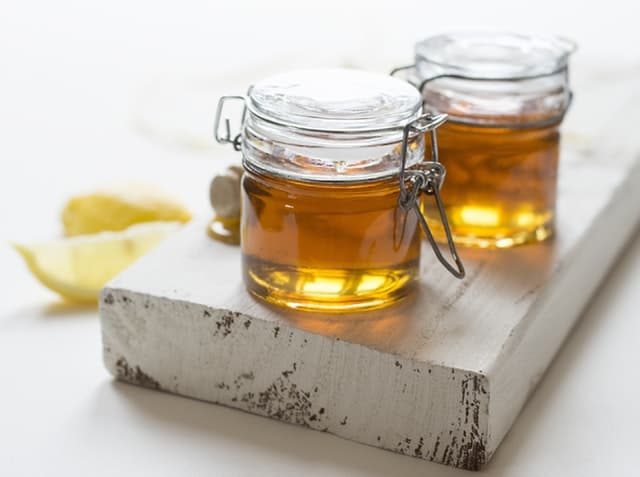
Honey Types
So is all honey made equal? The answer is no. Although all the honey has the same chemical and physical structure (as mentioned above), the botanical origin from where the nectar comes provides different characteristics to the final product.
Honey can be mono-floral (comes from a single plant species), such as clover, thyme, manuka, citrus, and so on, and it can also be multi-floral (it comes from many different floral sources).
So, honey can have many different colors, viscosity, and aromas depending on the botanical origin and the number of different plant species it might come from (mono or multi-floral).
It is a matter of which one you like best.
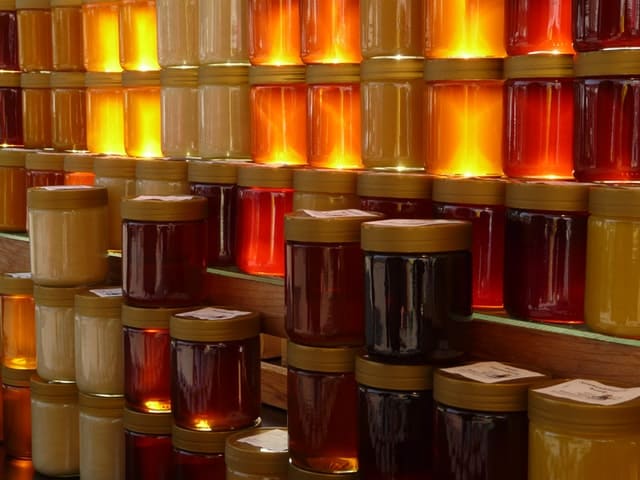
Why does honey crystallize?
Honey is a concentrated sugary substance that, given the right conditions, tends to crystallize. Depending on the honey’s botanical origin, that process will occur more or less rapidly.
The factors affecting the crystallization speed are temperature (cold accelerates the process), impurities in the product (they act as crystal generators), and the glucose-to-fructose ratio (the more glucose it has, the more it tends to form crystals).
It is essential to know that crystallization does not indicate the honey quality as long as it crystallizes fully. It might indicate fake honey if it forms lumps of crystals and other parts are liquid.

Is organic better?
In principle, no honey is better than others; they are different. As seen above, depending on this bee product’s botanical origin, it has different physical characteristics like aroma and color.
Like any other organic product, certified organic honey has to go through an extensive, lengthy, and costly process at the hives’ location to earn the Organic badge finally.
There are different types of certifying agencies, and each has its requirements. So, if you compare certified organic honey from various places around the world, there will be differences among them to which standards they comply.

The same goes for other bee products such as bee pollen, royal jelly, propolis, and beeswax.
An organic certificate aims to guarantee that the bee product has a specific chemical no higher than the specified threshold for that certificate.
The latter means that an Organic certified product is not necessarily free of chemicals but that just those are not higher than a certain allowed amount.
So you may buy particular honey that comes from a sustainable protected forest. Although it does not have an organic certificate, it could have lower levels of chemicals in it.
Organic honey is not better than others; it merely allows the consumer to have a specific warranty that the product has low levels of chemicals.
What are the health benefits of honey?
It is a good source of glucose and fructose, essential to provide energy support. Depending on its botanical source, it can have different glucose-to-fructose ratios, as explained above.
It also contains Minerals, Vitamins (C and B complex), Organic Acids, Aroma Compounds, and Phenolic Compounds. All these play critical metabolic roles and have been found to have Antibacterial, Antioxidant, and Wound healing activities and anti-inflammatory capacities.
If you like to read scientific research, follow this link for more in-depth information on bee products’ health-related benefits.
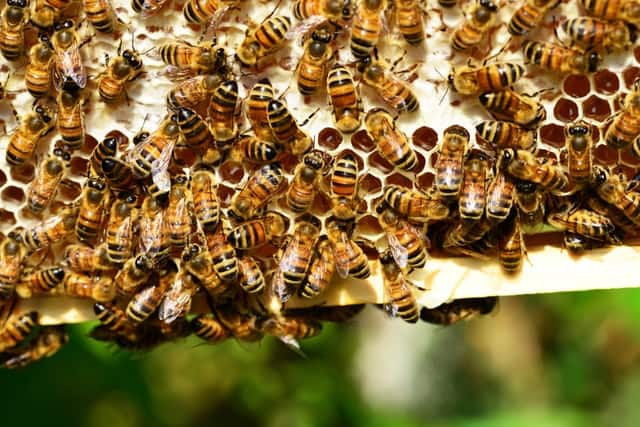
How about Manuka honey?
Manuka honey is a product from New Zealand. Honeybees produce it from the manuka tree (Leptospermum scoparium), and it is the most expensive honey in the world, reaching prices north of 100 dollars per kilogram.
It became famous because this honey is only produced in New Zealand and because researchers discovered it has remarkable antibacterial properties.
Among other substances, one stands out for this potential; its name is Methylglyoxal, and it works wonders in healing wounds.
In recent years, these prices created a gold rush with foreign companies investing big money in thousands of hives, and it also sprung product counterfeiting, beehive robbery, and other bad stuff.
Hence, the government had to regulate the activity and improve the quality standards.
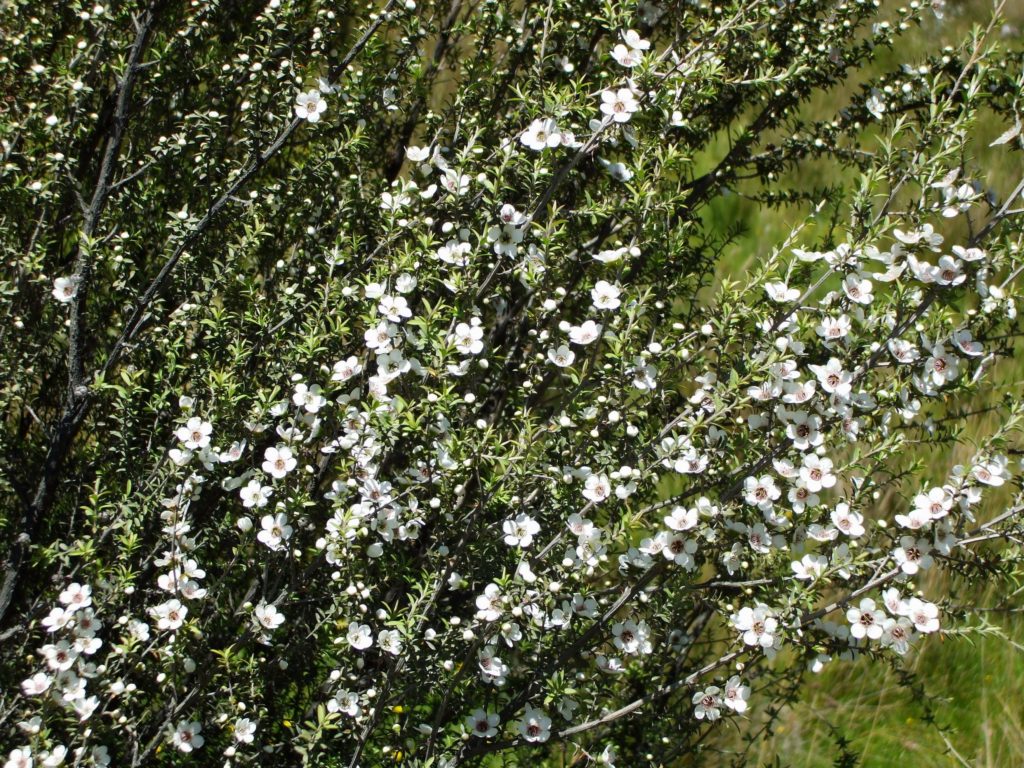
How to use honey?
This product has myriad uses. Eat it straight, mixed with your preferred hot beverage to sweeten up juices instead of table sugar, on pancakes, on cereal, on yogurt, with your favorite dessert, and so on.
Mix it with spices like cinnamon to make excellent milk and honey, a soothing beverage. Also, you can apply it to your skin for a moisturizing mask.
It has medical applications as many natural beauty products such as creams, soaps, and shampoos include it in the ingredients. The sky is the limit.
Did you know you can Eat Honeycomb? Read this post to learn more.
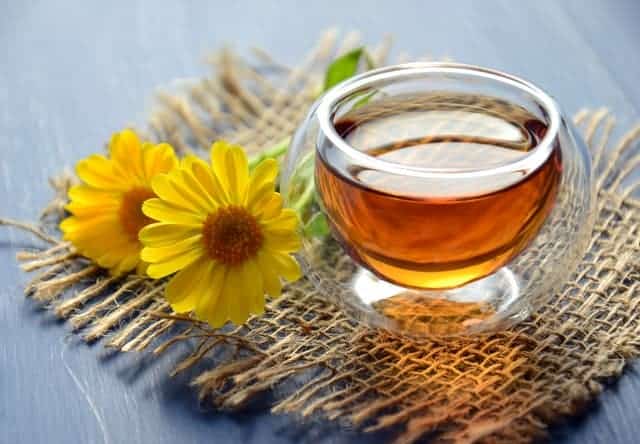
Does honey expire or go bad?
It is a very resilient food. As we saw above, it has a high sugar concentration, making it difficult for microorganisms to live in.
Archeologists have found honey in ancient kings’ tombs from thousands of years ago, and it was in good condition.
So, the only way for honey to expire or go bad is if it has a high moisture content from the start or if you leave your honey jar open in a high-humidity environment for a long time.
It has a characteristic called hygroscopicity; it can absorb water from the environment, which, given enough time, can ferment and go bad.
Finally, we have recently been featured in GoSolo magazine; find the whole article here.
Bee Propolis, five things you need to know about it
What is Bee Propolis? The term propolis comes from two Greek words, pro (for or…
Chapped lips? Causes and treatments for dry, cracked lips.
What are sore chapped lips a symptom of? Severely chapped lips may have different causes….
Does Bee Pollen Expire?
Does bee pollen expire? That is the most asked question about bee pollen; I will…
Bee Pollen health benefits. Part 2.
So here we continue where we left off in Part 1 of Bee Pollen Health…
Lip Balm For Men To Help Protect Your Lips
Lip skin is much thinner than the rest of your skin; that is true for…
Honeycomb, Can you Eat It?
Yeah! Raw honeycomb can be eaten. This post covers everything about how the honeycomb is…

